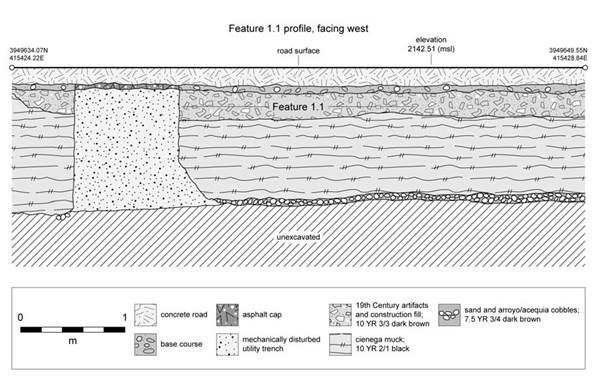Conservation & Protection - pnmprod
Conservation and Protection
Since 2003, PNM has been a leader in the utility industry for minimizing and mitigating the environmental impacts of utility work by having a strong Environmental Management System (EMS). Our EMS is rooted in our environmental policy and aligns with the international ISO 14001 standard for Environmental Management Systems.
We are continuously improving our environmental performance while fostering an employee-wide environmental stewardship ethic.
The EMS tools ensure that our teams incorporate environmental stewardship in our daily activities.
The foundation of the EMS is our Environmental Screening Process. Before any kind of maintenance or construction field work, PNM employees screen their work to identify any potential opportunities or challenges associated with resource protection. This screening looks at a range of issues, including:
- Habitat and threatened and endangered species.
- Water and riparian area sensitivities.
- Cultural resources.
- Hazards such as leaking underground storage tanks.
- Federal, state and local jurisdictional triggers.
If an environmental issue is identified, the PNM Environmental Services department works with our field crews to ensure the proper environmental precautions, stipulations and potential permits for the work to proceed. This work has helped PNM establish a significant database of New Mexico's environmental and culturally sensitive areas, including those listed on government resources as well as areas that PNM has specifically identified as sensitive areas.

Here's an example of a map used in the Environmental Screening Process. The shaded areas indicate sensitive locations that we call "Hot Zones." These areas require increased attention and where best management practices may be employed.
PNM requires regular comprehensive environmental training for operational employees at least every two years. Construction and vegetation management contractors working for PNM receive environmental training annually.
Resource Conservation and Protection
As New Mexicans our heritage is defined by our culture and the land we live and work. Whether in the high deserts and red tinged mesas in the west, the soaring alpine forested mountains in the north, the rolling fruited plains in the east or the lush central river valley that flows into the croplands in the south, we are a part of the land as much as it is part of us. As stewards of this land, we all have a responsibility to do everything we can to preserve our beautiful environment.
The best method to protect cultural and natural resources is avoidance of the resource. Using hot zones, other location information and operation-wide training, we are able to identify resources to avoid, such as habitats, waterways and cultural sites and artifacts early in the planning process. New Mexico is rich in cultural resources which are found throughout the federal, state, local and tribal/Pueblo lands which make up almost half the state. We work with each jurisdictional area to protect sites, artifacts and traditional cultural properties.

The diagram above shows the wall profile of an excavated historic site located under a road surface. The profile shows the location of artifacts dating back to the 19th Century located below the road. It also shows the areas from previous mechanical disturbances.


The photo on the left shows the profile of a prehistoric fire pit uncovered during the excavation of an archaeological site in Santa Fe. The fire pit is indicated by the darker colored soil in the shape of a half moon. The photo on the right shows a flint tool and pieces of prehistoric pottery. These types of artifacts found on the ground surface often indicate the location of an archaeological site.
Vegetation Management
As long as we have trees, there will always be a conflict between the power we depend on and the trees that beautify our communities and landscapes. At PNM, our Vegetation Management Program helps manage that conflict by trimming trees that interfere with power lines.
We trim trees to:
- Help maintain a reliable power supply.
- Protect the public's safety.
- Protect properties, public spaces and trees from damage.



